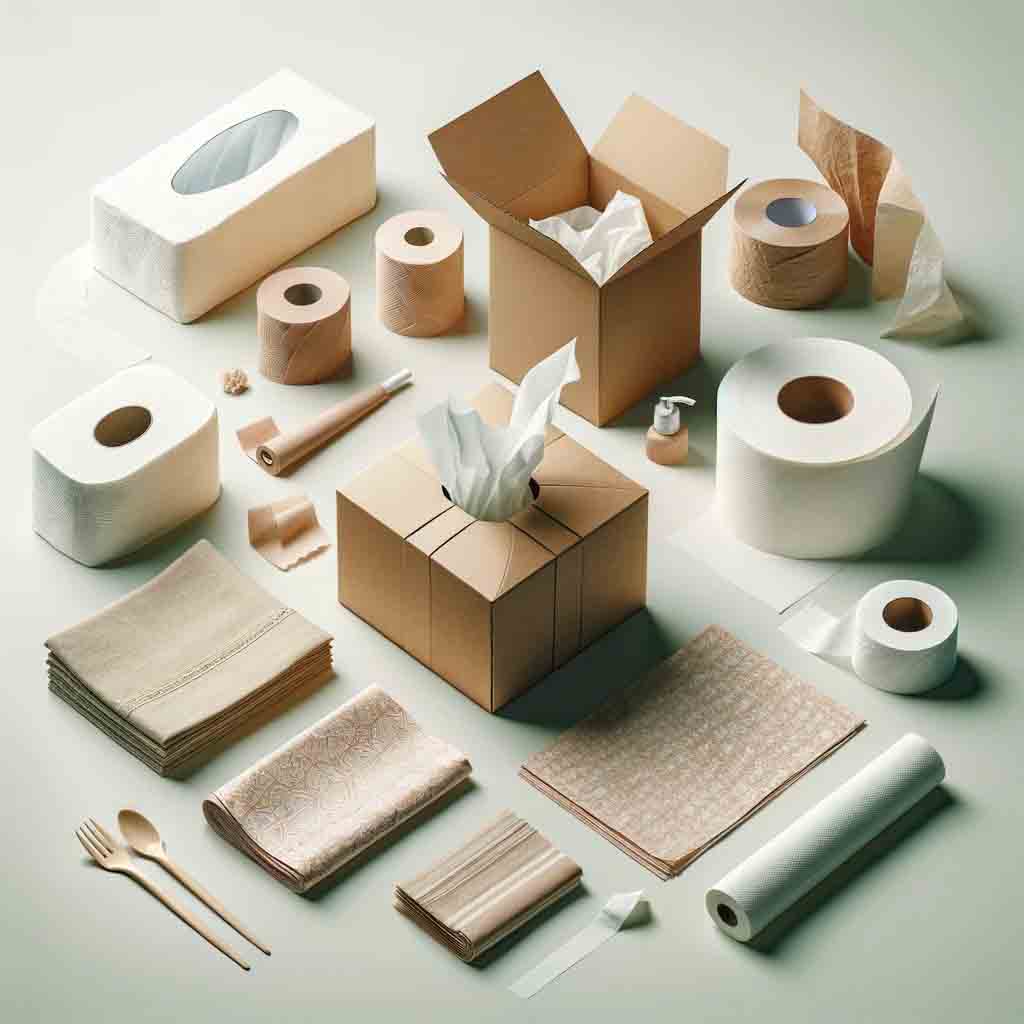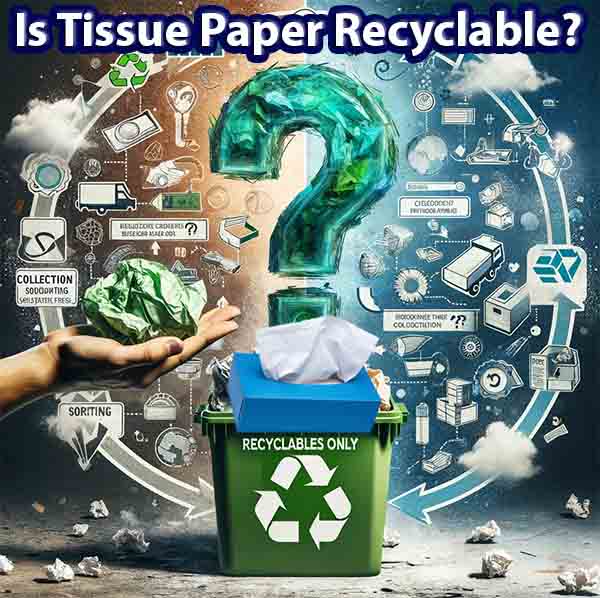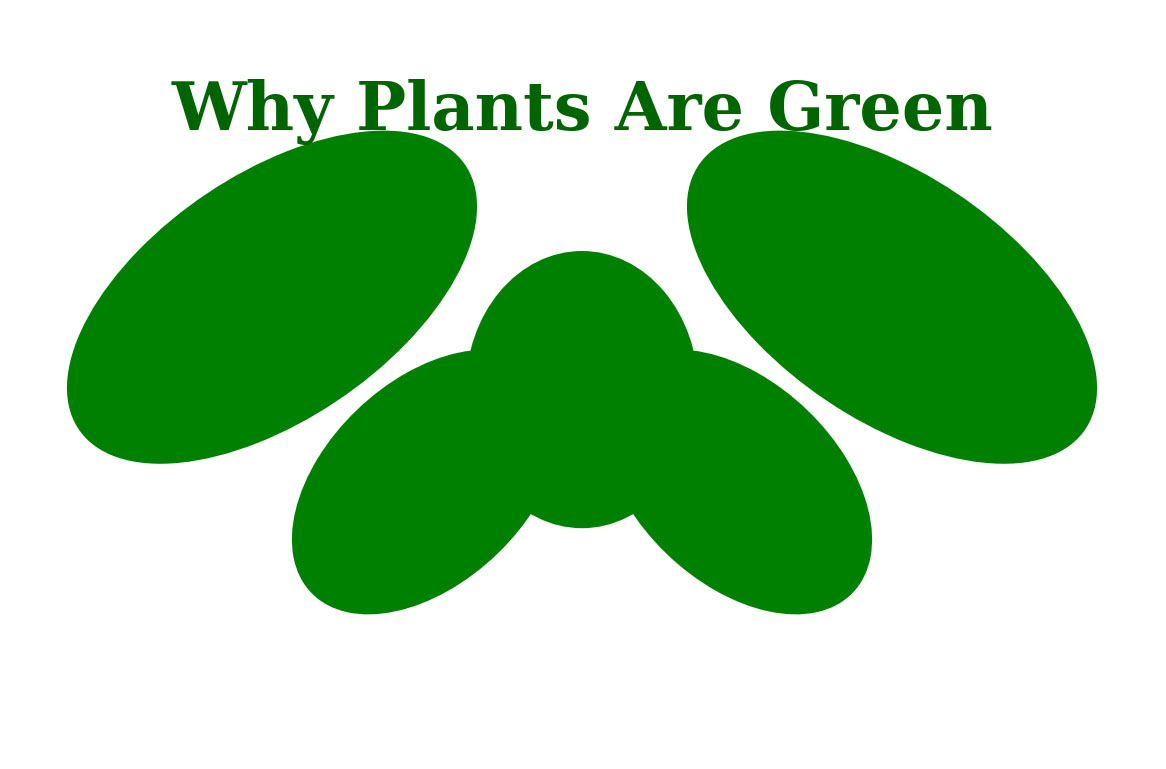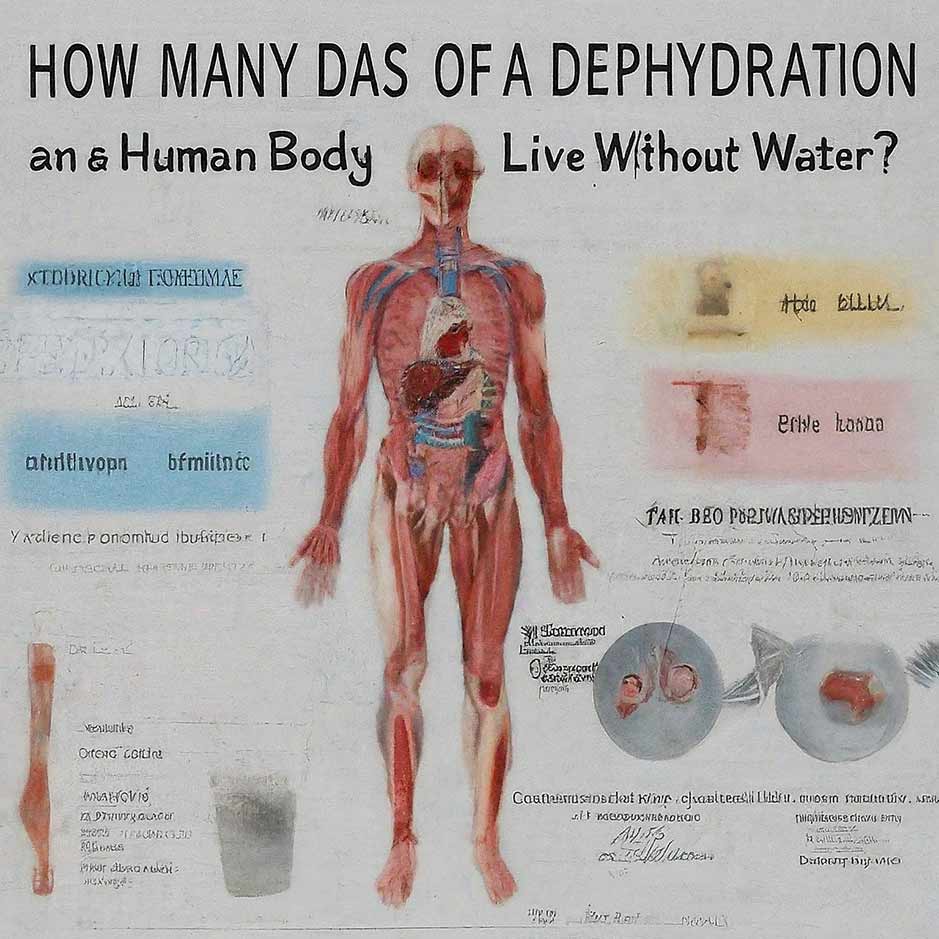Table of Contents
Recycling everyday items has found a pivot point in today’s world of a sustainable environment. Tissue paper is one such item that has become a part and parcel of every room of homes or offices to cover a variety of uses, from cleaning your face to wrapping a gift for somebody. However, the question “Is Tissue Paper Recyclable?” has mixed answers and is not as simple as someone might wonder. This article will be an explanation of all tissue paper recycling information, including obstacles, environmental implications, and how to enhance its ability to be recycled. With knowledge of the lifecycle of tissue paper, one can make decisions in consumption and disposal to ensure a healthier planet.
UNDERSTANDING TISSUE PAPER
These are the kinds of papers that have softness, absorbance qualities, and use-and-throw character to meet various functionalities of daily needs. The various uses of tissue paper range from facial tissues, and toilet paper, to napkins and wrapping tissue paper for it. Tissue paper is recycled in huge amounts because it generally is light, sensitive, and manufactured using a blend of various recycled paper products and wood pulp. The very fact does hold great importance in determining where it fits within the recycling stream since the quality and condition of the fibers definitely ascertain its recyclability.

RECYCLING PROCESS OVERVIEW
Paper recycling is the reuse process of papers that were to be disposed of into new paper products. The simple process includes collection, cleaning, sorting, and repulping the paper itself by de-inking, bleaching, and reformation into other items. The process becomes problematic when it comes to toilet paper due to the grade of its fiber that is low and high chances of contamination from usage, which leads to its being thrown in landfills.
One of the top reasons for recycling tissue paper is that it’s only limited by contamination presence. Most tissue products, used for personal care like toilet paper and facial tissues, usually get contaminated with body fluids or other issues making the papers inappropriate for recycling. The contaminants that have been found may affect the quality of the re-pulped fibers and provide a risk to health problems and technical recycling difficulties.
Another huge problem is the quality of fibers contained in the tissue paper. Tissue paper is supposed to be the most absorbent and easily disintegrate upon becoming wet to reduce plumbing problems. This property, therefore, means that the fibers are short and weaker compared to those in other kinds of paper hence not valuable and problematic during reprocessing. After a cycle or two of recycling, its fibers become too short to bind properly into fresh paper products, and thus, there is a limitation in its recycling potential.
ENVIRONMENTAL CONSIDERATIONS
There are significant environmental impacts that result from the production and disposal of tissue papers. For example, the manufacture of tissue paper, particularly from virgin pulp, tends to consume much water and energy. Moreover, bleached bright white tissue products demand bleaching tissue paper fibers that may discharge poisonous chemicals into the water bodies.

Recycled tissue paper products, though, have a far lesser environmental impact as they use less energy and water, with the production also resulting in less effluent. However, the end-of-life options for such products, such as landfilling, result in the emission of greenhouse gases into the atmosphere from the decomposition process. On the other hand, cushioning against the recycled content and making biodegradable replacements can mitigate the impact.
IMPROVING TISSUE PAPER RECYCLABILITY
Notwithstanding, the improvements in production and especially consumer habits can augment recycling overall. Current research focuses on investigating different ways that may be applied to strengthen the recycled fibers or even new materials to the construction of tissue paper in a greener way. For example, replacing cellulose fiber through waste human hair has been carried out in some research.
Consumers are the ones on the front line to ensure that tissue paper becomes more recyclable. Patronizing products made from recycled materials, buying into companies that have sustainable programs for their products, and the responsible use of tissue products are some things one does to add value to a more efficient recycling system. Other ways of reducing this kind of waste include using it less and replacing it with any form of reusable items, like a table serviette or handkerchief.
IS TISSUE PAPER RECYCLABLE
In the question of is tissue paper recyclable, a very compound interplay of pitfalls and opportunities is hidden. Although the natural properties of this material do not facilitate recycling, innovative progress combined with individual responsibility paves the way. In fact, as consumers and industries are increasingly self-aware about acts of being sustainable, an understanding and targeting of the life cycle of tissue paper add up to better recycling practices and fewer environmental impacts. Better recycling practices and fewer environmental impacts should rely on informed choices that we make and advancements in recycling technologies that we promote to ensure a much brighter and more sustainable tomorrow.





